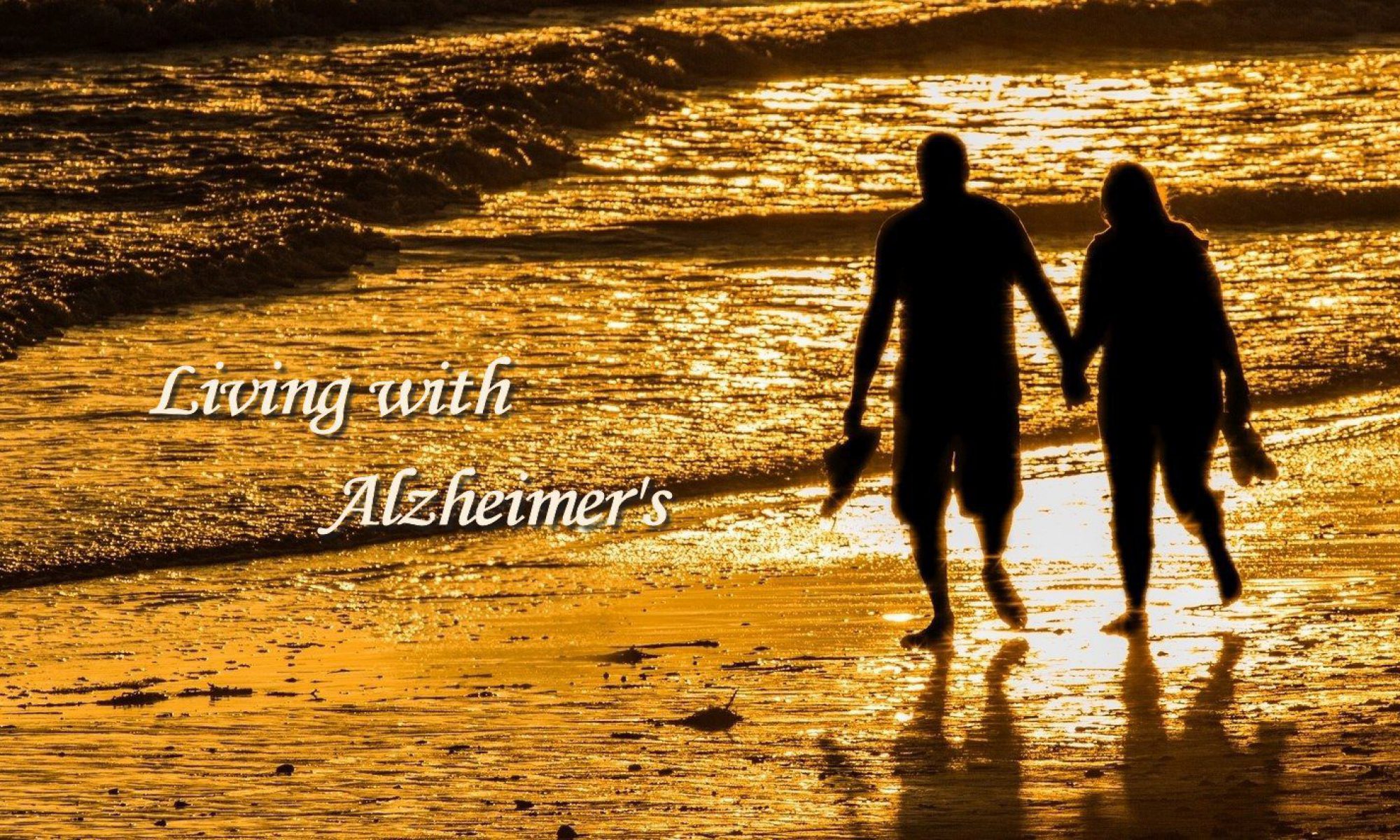From time to time, people have asked if Kate
still knows me. That’s a good question for which there isn’t a simple answer.
It depends on what one means by “knowing.” My answer is “Yes, she does,” but I
don’t believe she always remembers my name or that I am her husband. I know
that one night last week, she looked at the caregiver and said, “Where is
Richard?” She often recognizes me as someone familiar and someone she likes.”
Every day she shows signs that this is so.
On the other hand, there are frequent times
when it appears that she doesn’t recognize me at all and doesn’t have any
special feelings for me. That is most common in the morning and began more than
five or six years ago. Some mornings, she seems to recognize me immediately and
gives me a big smile. That happened yesterday morning. She was very happy to
see me. She frequently responds the same way when I return home from lunch.
She is most likely to “know” me in the evening
after the caregiver leaves. In those moments she connects with me in a way that
suggests a closer relationship than she has with other people. I suspect some
of that is brought on by what I say to her. I always recount memories from past
events in our relationship. She responds with loving smiles that tell me that
those memories and I am special to her.
Most evenings, she is not talkative but
conveys her feelings with her facial expressions, by holding my hand and
running her fingers across my hand and arm. Some nights and a few mornings, she
is talkative. We’ve had a good number of those in the past few weeks. One
evening in the past few days we talked more than thirty minutes. These are
moments I treasure.
Another time when she conveys that she knows
me is when we are getting her up and putting her to bed. We have to roll her on
her side in bed to dress and undress her. I always assist the caregiver who
stands on Kate’s side of the bed and rolls Kate closer to her. I get in bed on
the other side of Kate and put my right arm under her shoulder and my left hand
on her thigh to roll her to me. I continue to hold her in my arms while the
caregiver does what she needs to do.
Kate doesn’t like being rolled; however, she relaxes when she is in my arms. She affectionately runs her hands across my back. Frequently, she talks to me in a very natural way, and, sometimes she laughs as she speaks. Strange as it seems these are moments involving a physical and emotional connection. They are romantic moments for us. Yes, she knows me, and our love is still alive although it is expressed in ways we could not have imagined before.
It doesn’t matter to me whether she remembers
my name or that I am her husband. Our relationship remains strong. For that, I
am grateful.





